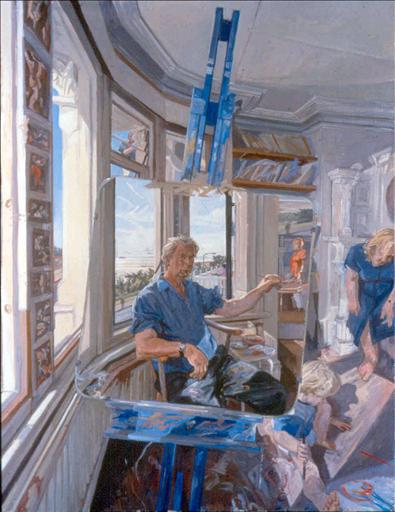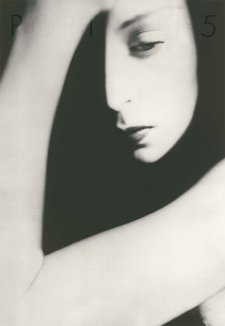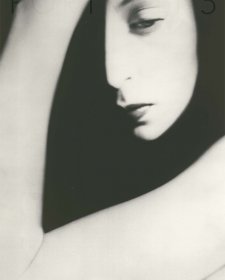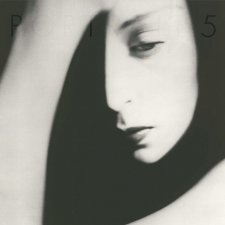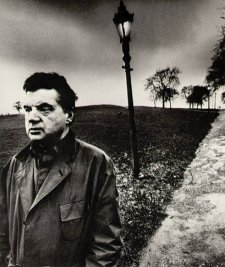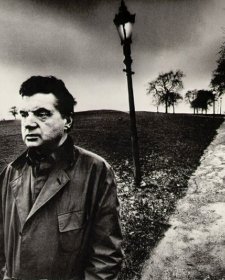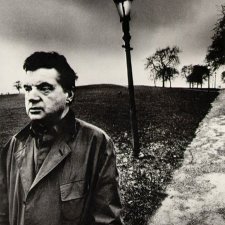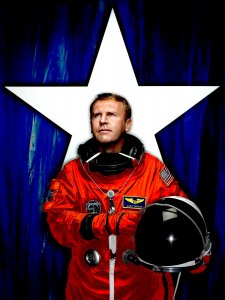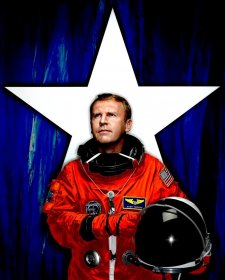I first met John Wonnacott in 1974 as a result of an odd-seeming initiative on my part. His work had been included in a vast survey show of contemporary work at London's Hayward Gallery which purported to expose 'a slice cut through the ant-heap of contemporary British painting'.
Among a profusion of styles and often evanescent fashions, his two modest-sized works seemed to me to stand out for their confidence, skill and absolute sense of their own purpose. Acting on impulse, I left a note for the artist complimenting him and urging him not to be deflected from what I saw as an especially true and original course.
My own career was in a transitional phase at the time; I had just begun work on a book which questioned the excessive role played by fashion not just in art itself but also in criticism and in the influences imposed by public funding. The publication of this book 3 years later slowly changed my own professional life from that of painter to that of critic.
Happily for me, my impulsive gesture marked the beginning of a long friendship which has subsequently given me a privileged insight into the genesis and production of John Wonnacott's art and which has also made me a pleased observer of the steady development of his career. The awarding of a CBE to the artist in 2001 for his work on a now famous group portrait of the British royal family was just one of a number of significant staging posts, generally far removed from the pomp of Buckingham Palace.
For me two aspects in particular distinguish John Wonnacott's paintings. The first of these is the role played and the quality of the training he underwent at the famous Slade School in London in the early 1960s. This was probably the last time an absolutely top-class traditional training was available there or anywhere else in Britain. I believe that knowledge imparted by tutors of the quality of the late Michael Andrews and Euan Uglow and access to lectures in art history by the late Ernst Gombrich helped provide the knowledge and consequent confidence which underpin the often towering scale and ambition of much of Wonnacott's work.
But that is only part of the story.
The other is that of a man who is true to his pictorial beliefs because he is true first to himself and to the sensations which move him. To hear the artist talk of memories of the excitement of childhood holidays beside the Thames estuary explain something not only of the physical feelings generated by his great series of landscapes of that subject but also his choice of present domicile so that he can wander each day beside the sea in all weathers and in all conditions of light. By coincidence my own childhood years were spent on the southern, Kentish side of the same estuary.
The importance of innocent sensation and the generally vain attempt to recapture it are, of course, a traditional theme of major literature as well as of significant art.
John Wonnacott's often vast compositions of the interiors of aircraft hangars, naval establishments and historic buildings are remarkable not just for their scale and original viewpoints but for the artist's own, palpable sense of pleasure at being where he is. This spirit energises what unwitting observers might otherwise see perhaps largely as technical tours de force.
Oddly for someone celebrated in recent times for a series of extraordinary portraits of Sir Adam Thompson, former British prime minister John Major and the Royal family, for instance John Wonnacott is not a portrait specialist at all but simply a painter who could, like major artists of the past, turn his hand to any pictorial challenge.
In the present climate of British art perhaps the most pertinent artist with whom to compare Wonnacott is Lucian Freud not because of the latter's huge, if relatively recent international status but because both have been so little deflected by what their contemporaries do or think.
